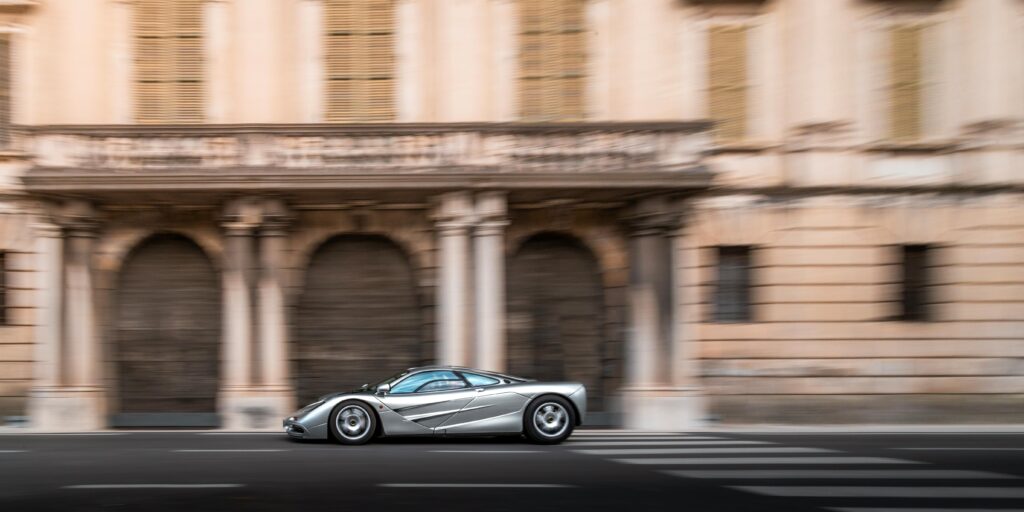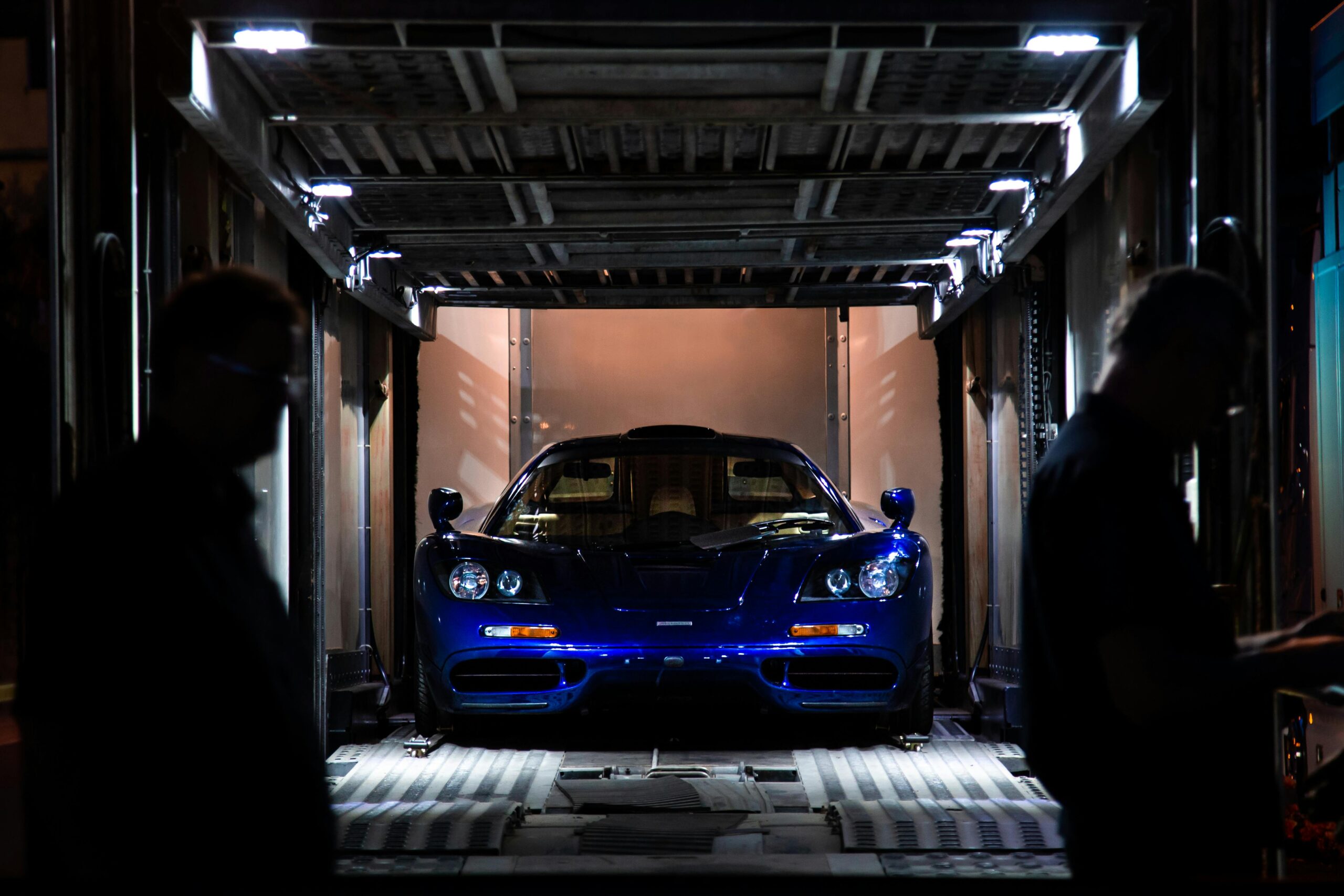When you think of speed, your mind likely races to the world of gas-guzzling supercars — Ferraris, Lamborghinis, and McLarens. But in the modern age of electric vehicles (EVs), the world of performance is rapidly shifting, with electric cars now making waves in the realm of speed. Welcome to the age of the fastest electric car in the world, a place where sustainable driving and mind-blowing acceleration come together like never before. Gone are the days when electric cars were just about efficiency and eco-friendliness; now, they’re about raw power and heart-stopping speed. So, if you’ve ever dreamed of burning rubber without the guilt, buckle up as we take you on a thrilling ride through the fastest electric car in the world!
Table of Contents
Introduction: Electric Cars are Rewriting the Rules of Speed
Electric vehicles (EVs) have evolved far beyond fuel-saving family cars. Today, the fastest electric car in the world is a high-performance machine that rivals and even surpasses traditional supercars. As we move deeper into 2025, EVs are proving that you don’t need gasoline to go fast—just innovation and clean power.

Which Car Is the Fastest Electric Vehicle Today?
Currently, the title of the fastest electric car in the world belongs to the Rimac Nevera—a revolutionary hypercar built in Croatia. This EV can sprint from 0 to 60 mph in a jaw-dropping 1.74 seconds and has a mind-blowing top speed of 258 mph (412 km/h).
Rimac Nevera Quick Specs:
- Maximum Speed: 258 mph (412 km/h)
- 0 to 60 mph Time: 1.74 seconds
- Horsepower: 1,914 hp
- Estimated Range: Around 340 miles (WLTP)
Can High-Speed EVs Be Environmentally Friendly?
Absolutely. EVs like the Rimac Nevera and Tesla’s Model S Plaid prove that zero emissions and incredible speed can coexist. These cars produce no tailpipe emissions, are highly energy efficient, and often integrate regenerative braking systems. Many EV makers also prioritize ethical battery sourcing and carbon-neutral production.
Top 5 Fastest Electric Cars of 2025
Here’s a quick look at the fastest electric cars available this year:
| Rank | Vehicle | 0-60 mph | Top Speed | Horsepower |
|---|---|---|---|---|
| 1 | Rimac Nevera | 1.74 sec | 258 mph | 1,914 hp |
| 2 | Aspark Owl | 1.72 sec | 249 mph | 1,985 hp |
| 3 | Tesla Model S Plaid | 1.99 sec | 200 mph | 1,020 hp |
| 4 | Lotus Evija | ~3.0 sec | 200+ mph | 1,972 hp |
| 5 | Lucid Air Sapphire | 1.89 sec | 205+ mph | 1,234 hp |
Why Speed is Key in Electric Vehicle Development
The push to build the fastest electric car in the world isn’t just about breaking records—it drives innovation in battery systems, thermal management, and vehicle aerodynamics. The technologies created for high-speed EVs often influence the designs of more affordable electric models.
What Powers These Speed Demons?
The world’s fastest EVs depend on:
- Advanced lithium-ion battery packs
- Optimized cooling systems
- Light, aerodynamic materials like carbon fiber
These components allow for sustained high speeds without sacrificing efficiency or overheating the battery.
What’s Next? How Much Faster Can EVs Get?
As solid-state batteries and motor tech continue to improve, we may see the fastest electric car in the world exceed 270 mph soon. What’s more exciting? All of it will still be powered by electricity—no gas needed.
FAQs
What is currently the fastest electric car in the world?
The Rimac Nevera holds the record with a 258 mph top speed and 1.74-second 0-60 time.
Are fast electric cars eco-friendly?
Yes. Despite their speed, they produce no emissions and are built using sustainable practices.
Can I buy the Rimac Nevera?
Yes, but it’s exclusive and expensive—pricing starts around $2.1 million.
Why do electric cars accelerate so quickly?
Electric motors deliver instant torque, which allows for lightning-fast acceleration.

